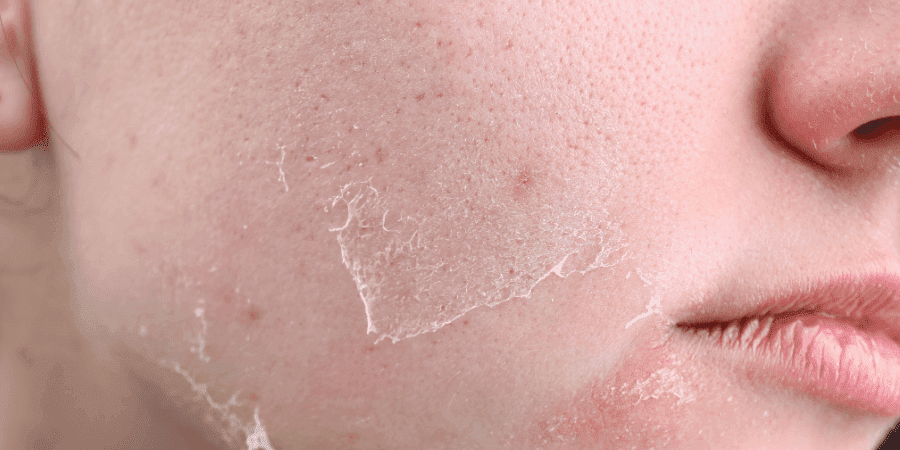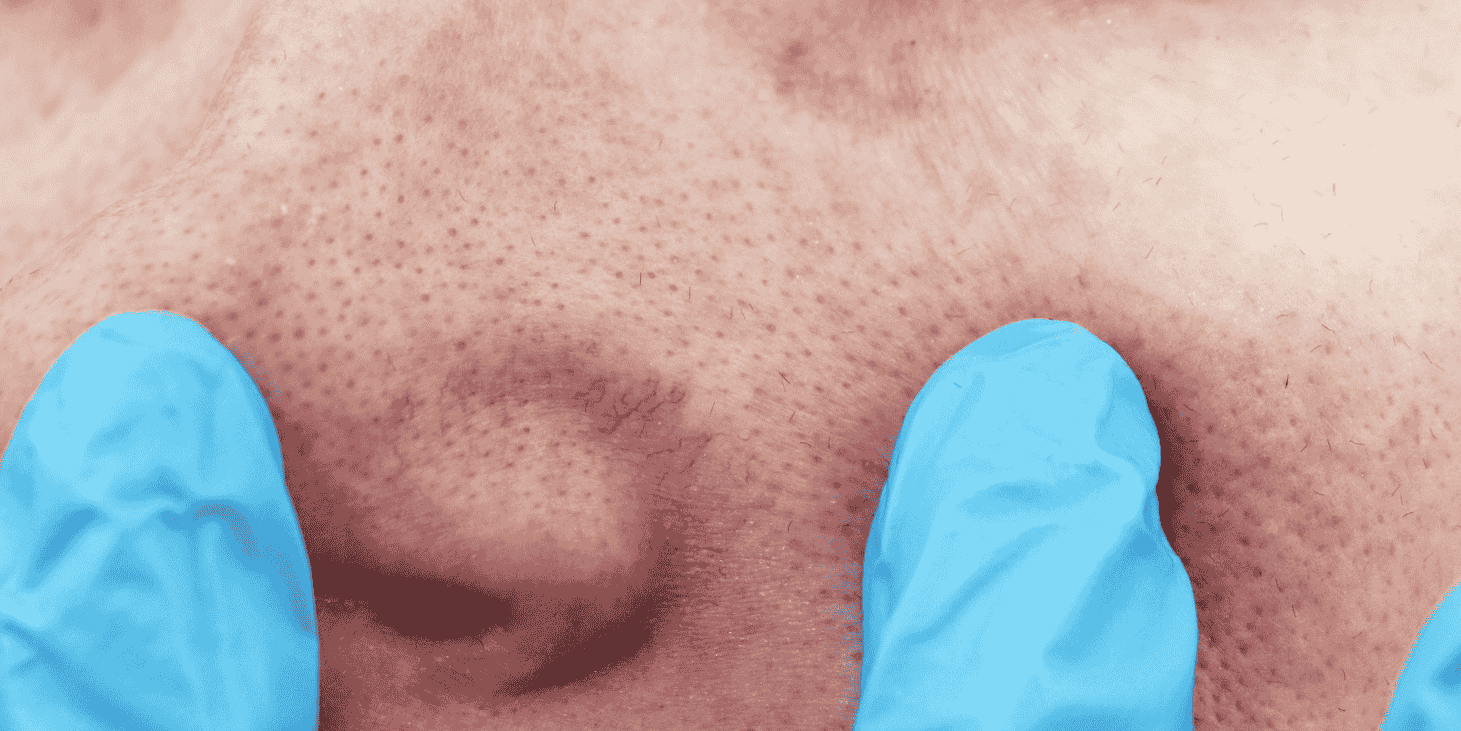There are several types of hyperpigmentation, each with different causes. For example, sun exposure can lead to sun spots, which are flat, dark areas that develop due to UV damage. Liver spots are similar to sun spots but are more closely related to the natural ageing process and cumulative sun exposure. Post-inflammatory hyperpigmentation occurs after the skin has been inflamed or injured, after acne breakouts for example. Melasma, a type of hyperpigmentation often triggered by hormonal changes, presents as larger, irregular patches on the face.
Treating hyperpigmentation effectively requires a personalised approach. A combination of professional treatments and a tailored skincare regimen can help reduce these dark spots and even out skin tone. Our skin specialists can develop a personalised plan, incorporating treatments like peels, laser and topical products designed to address your specific type of hyperpigmentation.
.webp)
%20(1200%20x%20250%20px)%20(1200%20x%20350%20px).webp?width=2000&height=583&name=The%20Hampton%20Clinic%20Square%20(1200%20x%20628%20px)%20(1200%20x%20250%20px)%20(1200%20x%20350%20px).webp)














